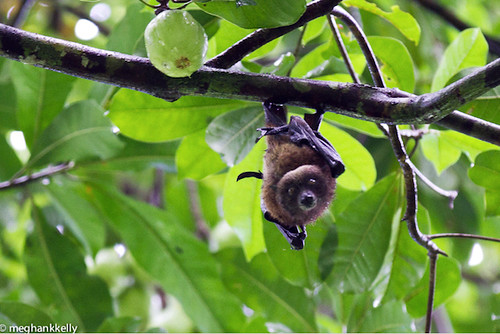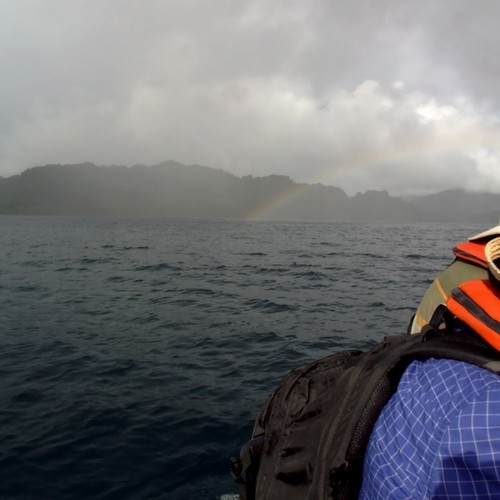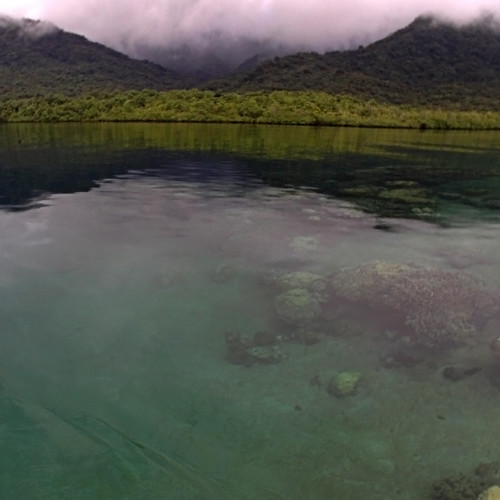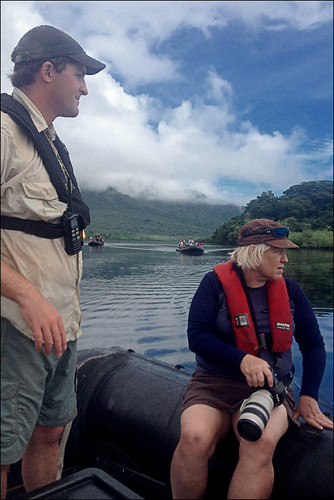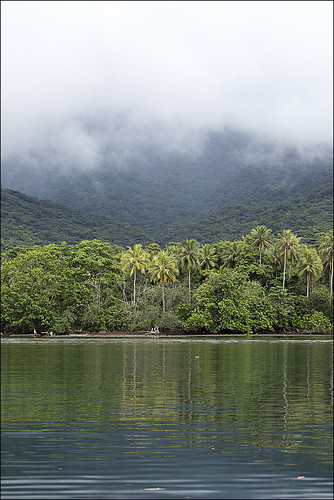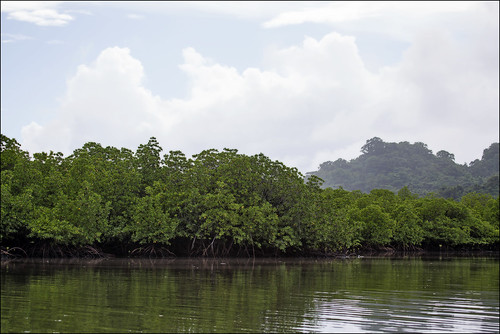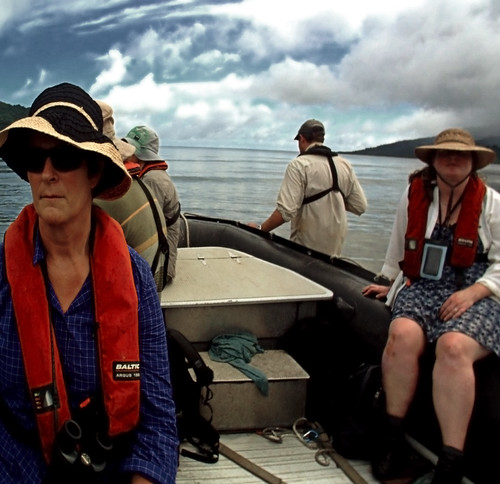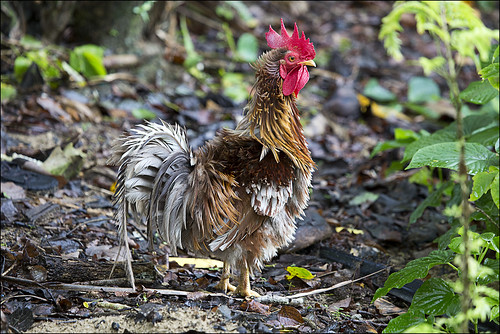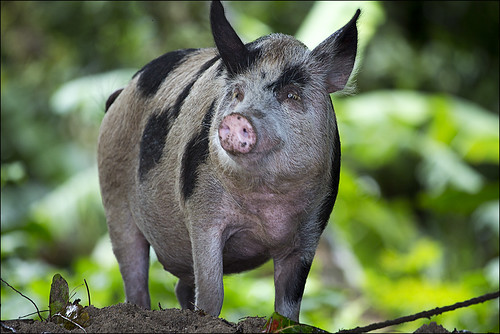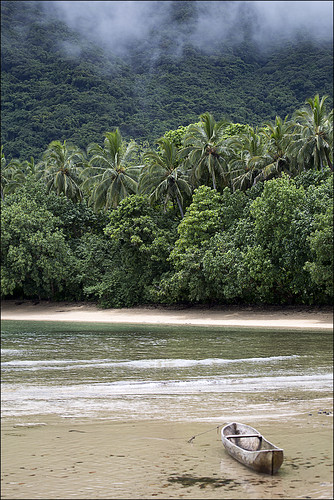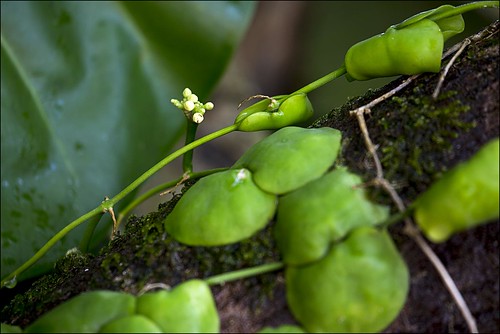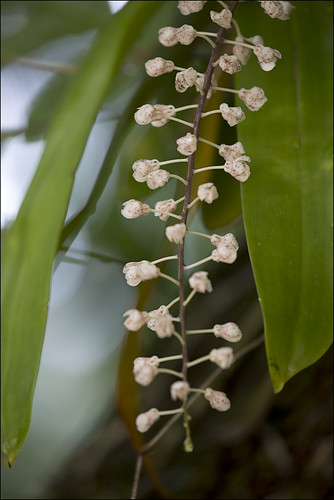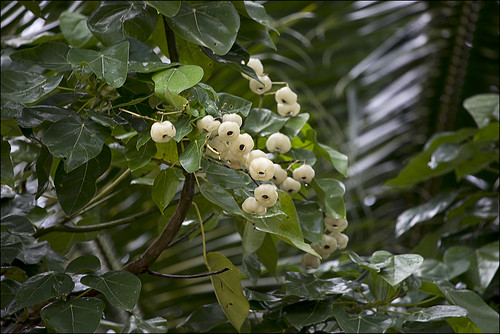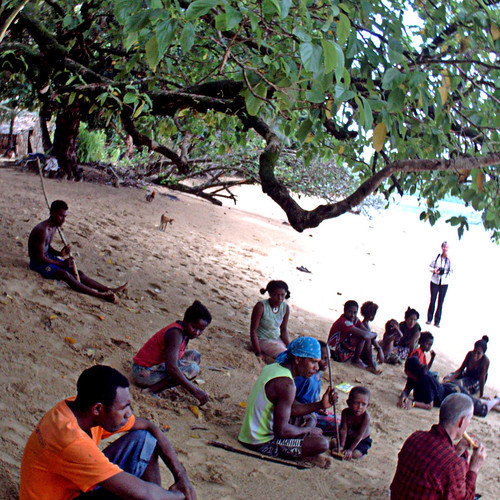Tags
Jean-Francois de Galaup de La Perouse, melanesia, Solomon Islands, South Pacifc, Vanikoro Island
Ship Position: 11°40’11.0″S 167°02’10.1″E
After the gorgeous sunny day yesterday, the weather had turned stormy again with a low cloud level and rocky seas. But there were several interesting things about Vanikoro. It was home to several species of flying foxes (which are not really foxes, a flying fox is a large fruit-eating bat that does not have echolocation). But in particular, it has a unique species of flying fox, called very appropriately the Vanikoro flying fox. This species was first discovered in the 1930 and when they went back in the 60’s, they couldn’t find any, so it’s been listed as “mostly extinct”, a victim of the logging on Vanikoro.
There has been extensive logging in the Solomon Islands. It’s one of the few resources they have to generate hard cash. And the entire time we were on Vanikoro, you could hear chain saws in the distance. Which gave the day with the dead, low clouds, very much a “last-chance-to-see” feeling to it.
But let me happily tell you that the Vanikoro flying fox was everywhere on the island. It is not extinct. In fact, it’s considered such a garden pest, eating the bananas and mangos in the garden, that the local catch them and eat them. I unfortunately did not get a good picture of one. But someone else in the expedition did.
Adorable little guy, isn’t it?
Take that, extinction!
We loaded up in zodiacs after breakfast and toured the lagoon. A shallow brackish harbor filled with corals and mangroves.
You could lean out of the boat and see the reef fish, the blue lipped clams, the coral just below you. Over closer to the mangroves, fish were leaping from the water chased by 3 foot baby black tipped fin shark. From the trees, flying foxes were hanging in astonishing numbers. Occasionally you would see them flap slowly overhead, entirely different from the flight of a bird.
Someone was carefully building up little piles of shells and planting mangroves in them across the lagoon to move the tree line out across the shallow bay.
In the middle of the lagoon, hidden by a grove of mangrove, was a stone and wood monument.
You’ve heard of Jean-Francois de Galaup de La Perouse, right? An beloved 18th century France explorer who is one of primary French claims to this part of the world. Unfortunately he disappeared out here and the British were blamed. They went looking for, sent several rescue missions, but it wasn’t until 50 years later that they found evidence that his ships had floundered and sank here on Vanikoro. It wasn’t until 2005 that they found the shipwrecks. (All references to Sir John Franklin exist only in my head.)
So, this monument was put up in 2005 as part of the French expedition that found those shipwrecks. It feels impossible that this structure is only ten years old — the construction is weathered, the plaque has already been stripped of its metal and almost unreadable.
It was at this point that the wind and clouds opened up with horizontal rain, as I said previously, the sensation of being inside a drive through carwash without the car.
We high tailed to the village to wait out the rain. And I hate to disappoint you, but there was no dancing.
It was about 6 huts scattered along the beach. One with a tin roof to collect the rain (which means that someone important enough to get government funding lived there). They proudly showed off their gardens and their pigs, baby pigs running underfoot while the adults were tied up to trees.
And I should talk about the pigs. See, the locals don’t eat pork as part of their regular diet, but everyone has pigs. The pigs are used as “bride price”. Pigs are used as a payments for weddings and funerals and important events, for buying yourself a women. Pigs are only eaten in very ritual, feast settings.
But who couldn’t fantasize about living in such a remote spot beyond the range of the Internet with the sea and the sand and a forest full of orchids.
These trees that I have no name or description of were planted as shade trees. The white fruit / nut is not edible.
And I should talk about our ship’s doctor. The ship had a German Renaissance man (and his wife) as the on-board doctor. You see him in the lower right hand corner of this picture in the red plaid shirt playing the recorder for the locals which fascinated them. He was also a dive master, an expert on World War II in the South Pacific, a zodiac driver, the one who dove in and saved Gretchin’s life, knowledgeable about music and arts. A couple centuries ago, in a full uniform and hat, he would have been the surgeon for Captain Cook (or whatever the German equivalent of Captain Cook was).
Usili Village was a peaceful place. The shallow water full of octopus, the beach crossed by hermit crabs. Just as we were leaving, one of the men brought out his carvings and they were the best carvings I saw throughout our voyage. I dove in (because there were more people than carvings) and bought a small wooden manta ray carving with inset shell eyes.
There was a snorkeling trip afterwards in the afternoon heat, but I had developed a headache with the changes in weather and decided on a nap. But I’m told that I missed the most fabulous snorkeling for the trip. Hard to believe that when the snorkeling was all so fabulous.


